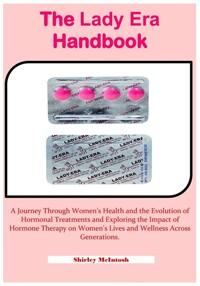책 이미지

책 정보
· 분류 : 외국도서 > 의학 > 종양학
· ISBN : 9781402020209
· 쪽수 : 215쪽
· 출판일 : 2004-03-31
목차
Preface and acknowledgements. List of contributors. List of figures. List of tables. List of boxes. Introduction: cancer and the environment - revisiting traditional views of involuntary exposure to carcinogens; P. Nicolopoulou-Stamati, M.A. Pitsos. Summary. 1. Introduction. 2. Cancer and the environment. 3. Competing theories of aetiological mechanisms in cancer. 4. Exposure to carcinogens in early life - a strong indication that environmental influences are important. 5. Goal of this book. 6. Conclusions. References. Incorporating the environmental context in the study of cancer: issues and implications; A. Novogradec, S. Harris Ali. Summary. 1. Introduction. 2. Evidence for the environmental basis of cancer. 3. Studying the cancer and environment relationship. 4. Implications of risk assessment for cancer policy and intervention. 5. Conclusions. References. Could the increase in cancer incidence be related to recent environmental changes? C.V. Howard, J.A. Newby. Summary 1. Introduction. 2. Cancer in pre-industrial society. 3. The increase in average life expectancy. 4. Cancer incidence vs. mortality rate. 5. Human epidemiological evidence that environmental factors are paramount in the aetiology of cancer. 6. Could chronic low dose exposure to carcinogens lead to cancer. 7. Changes in patterns of human development. 8. Temporal patterns of change. 9. Changes in the patterns of human exposure to ionising radiation. 10. Public perceptions. 11. Conclusions. Acknowledgements. References. The role of DNA damage and DNA-damaging environmental chemicals in carcinogenesis; K. Peltonen. Summary 1. Introduction. 2. Metabolism. 3. Chemical carcinogenesis. 4. Biomarkers of exposure. 5. Methods of detection. 6. Conclusions. Acknowledgements. References. Gene-environment interaction in environmental carcinogens; H. Autrup. Summary 1. Introduction. 2. Metabolism of chemical carcinogens. 3. Gen-gene interaction. 4. Defence against oxidative stress. 5. Conclusions. References. Health impact assessment of accidents with environmental carcinogens: a case study of the Belgian PCB/dioxin incident in 1999; L. Hens. Summary 1. Introduction. 2. Phenomenology of the Belgian PCB/dioxin incident in 1999. 3. Hazard identification. 4. Dose-response assessment. 5. Exposure assessment. 6. Risk assessment. 7. Conclusion. References. Anti-oxidants and chemopreventive agents as cancer enhancing agent: the other side of the coin; S.Z. Abdel-Rahman, M. Paolini, M.S. Legator. Summary. 1. Introduction. 2. Co-carcinogenic properties of &bgr;CT. 3. The co-carcinogenicity of &bgr;-carotene enhances the transformation potential of benzo[a]pyrene and cigarette smoke condensate. 4. Cruciferae vegetables, glucosinolates and chemoprevention. 5. Co-carcinogenic properties of glucoraphanin, the natural bioprecursor of sulforaphane. 6. Conclusions. Acknowledgements. References. Legislative proposals for reversing the cancer epidemic and controlling run-away industrial technologies;




























